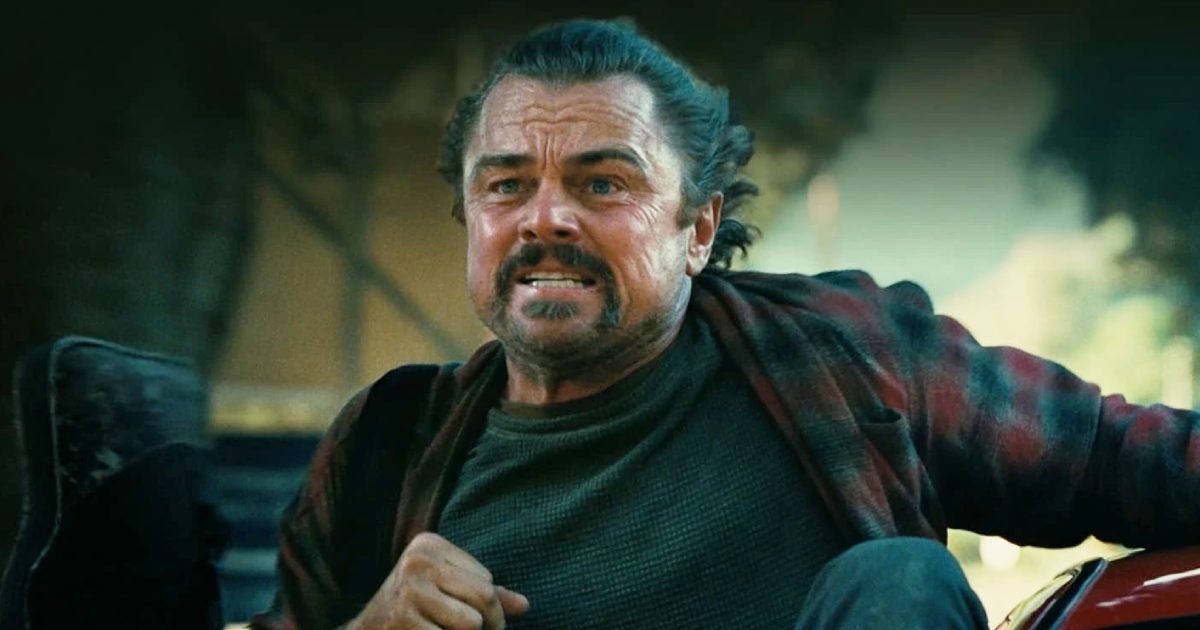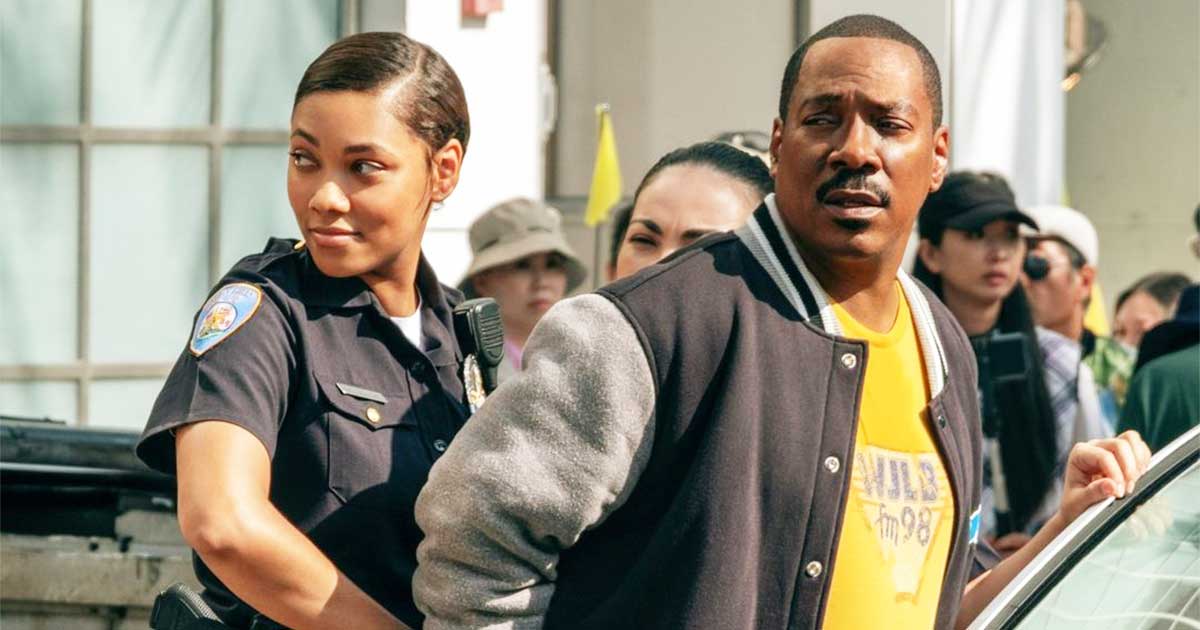
Leonardo DiCaprio’s Bob Ferguson stands at the center of Paul Thomas Anderson’s One Battle After Another, but the film’s ending proves it is about more than his clash with Sean Penn’s Steven J. Lockjaw. The film, which begins as a survival tale of Bob and his daughter Willa, becomes something larger, a study of family, power, and most importantly, the endless struggle against corrupt systems.
Willa’s True Parentage Shapes The Conflict In One Battle After Another
Willa’s journey drives the heart of the film. Bob raised her after Perfidia Beverly Hills gave up the French 75 to avoid prison. Even though she carries her mother’s strength, she also bears the weariness of a generation that grew up under broken promises. The revelation that she is not Bob’s biological daughter, but the product of an affair between Beverly and Lockjaw, pushes the conflict forward. Lockjaw hunts her down not only for control but to erase any threat to his rise in the Christmas Adventurers Club, a cabal of wealthy racists shaping government and military forces.
Bob & Willa’s Relationship Proves Family Is More Than Blood
The closing scenes of One Battle After Another reveal that survival was never the only point. The bond between Bob and Willa holds more weight than the violence surrounding them. She has just discovered that Bob is not her biological father, yet when he lowers his weapons and embraces her, the moment underlines that a chosen family can matter more than blood.
Trending
Although fragile and emotional, their reconciliation counters the cruelty of authoritarianism and betrayal. Anderson also layers this personal tale over a wider commentary on bureaucracy and power. The underground resistance of the French 75 is flawed but necessary, shown as a movement that tries to fight without needless bloodshed. The bureaucratic rules bog down their progress, while the state and the wealthy exploit the same machinery to expand control and violence.
‘ONE BATTLE AFTER ANOTHER’ received an A CinemaScore, marking the highest audience rating in Paul Thomas Anderson’s career so far. pic.twitter.com/x9K7UuQaIZ
— Film Updates (@FilmUpdates) September 27, 2025
Why The Christmas Adventurers Are The True Villains In The Story
The Christmas Adventurers Club looms above all. They are wealthy, racist, and deeply connected individuals who embody the true enemy. Lockjaw may crave their approval, but he is disposable to them and thus gets killed the moment he outlives his usefulness. Their presence shows that authoritarianism survives through institutions rather than individual villains. This indicates that they are untouchable by the bloodshed on the ground and are concerned only with maintaining their grip on power.
Steven Lockjaw’s Ego & Obsession Lead To His Downfall
Lockjaw himself represents more than a single villain. His fixation on joining the Christmas Adventurers Club exposes the lure of power and the emptiness of ego. He wants to be accepted by a system that ultimately discards him without hesitation. On the other hand, Willa survives not by his rules but through her courage and the help of people outside the dominant system, like Avanti, the bounty hunter.
One Battle After Another Ending Explains The Endless Resistance
The final note of hope comes when Willa carries forward the work of the fallen, proving that resistance is not tied to one leader but to the spirit of a community. The ending of One Battle After Another makes it clear that the struggle is endless. The Christmas Adventurers remain untouched, and although many fighters are lost, the message is not despair. It is that resistance continues because people choose to protect one another.
Paul Thomas Anderson’s film closes not on triumph but endurance, showing that the real battle is for meaning and humanity in a world built to erase both.
Advertisement
For more such stories, check out Hollywood News
Must Read: 5 Iconic Robert De Niro Movie Quotes That Are Still Popular
Follow Us: Facebook | Instagram | Twitter | YouTube | Google News



 Follow Us
Follow Us









